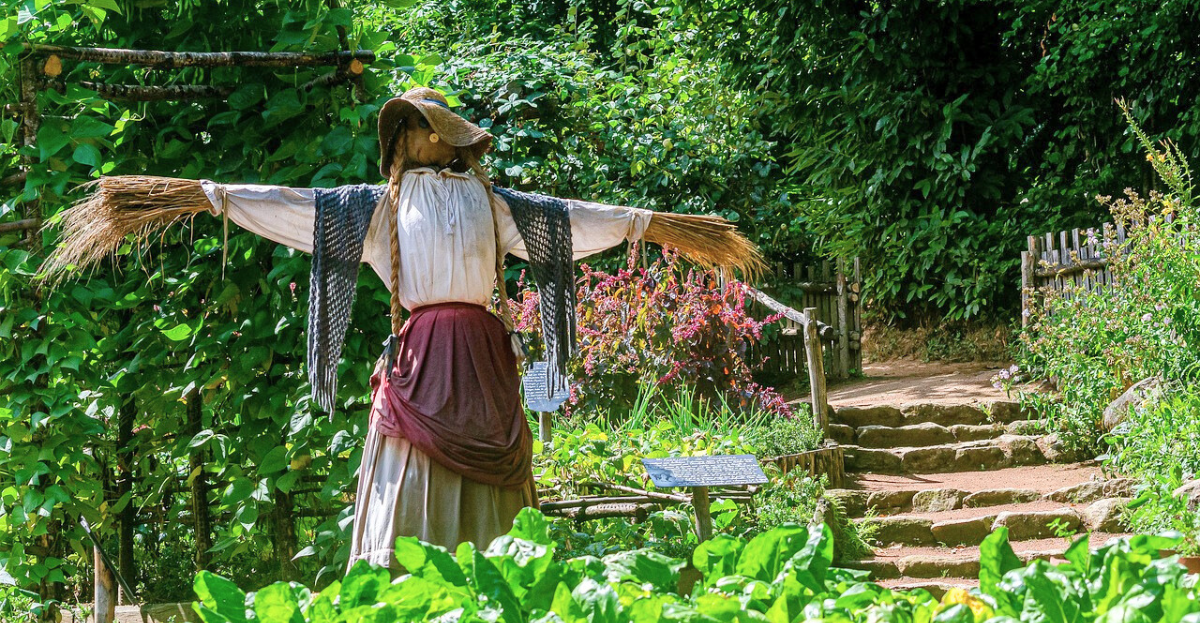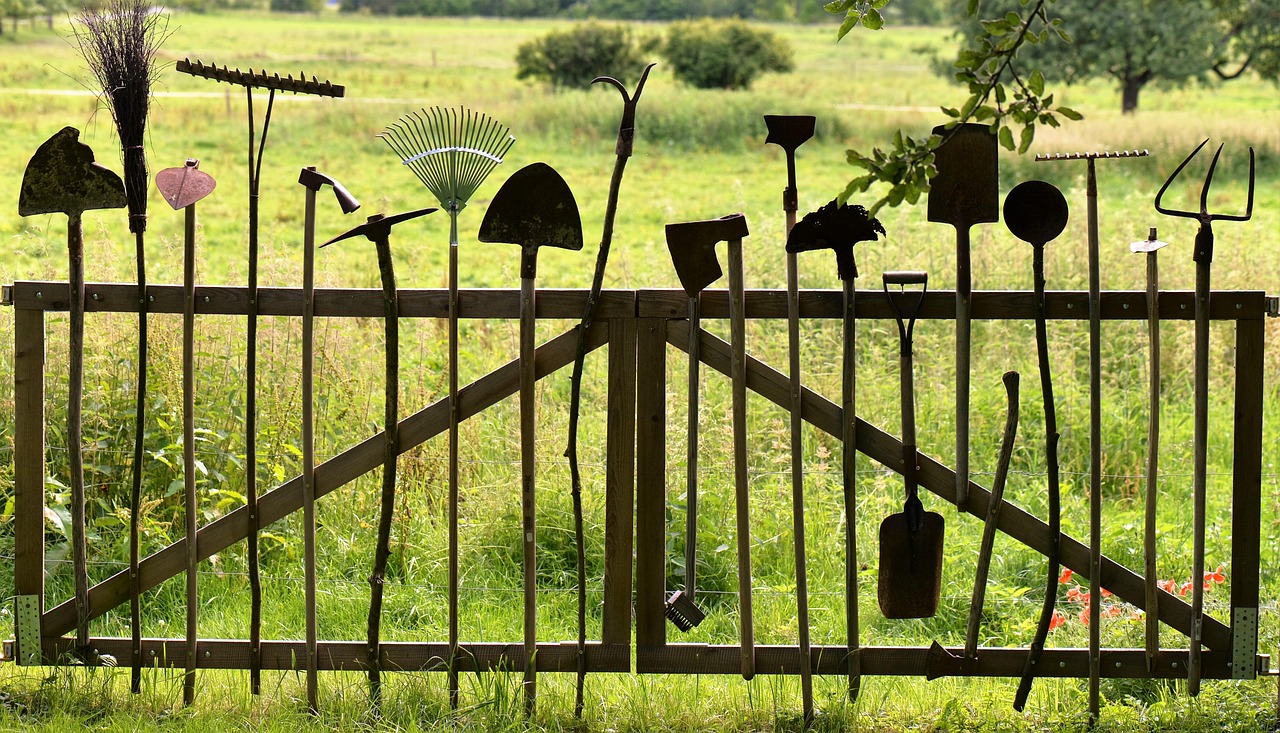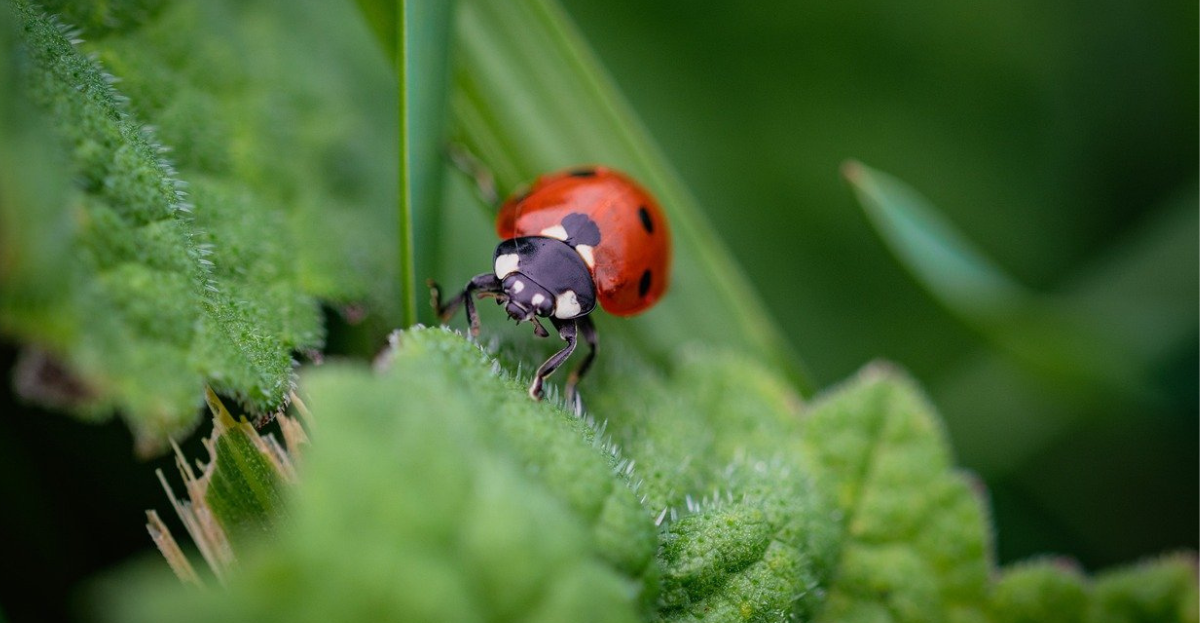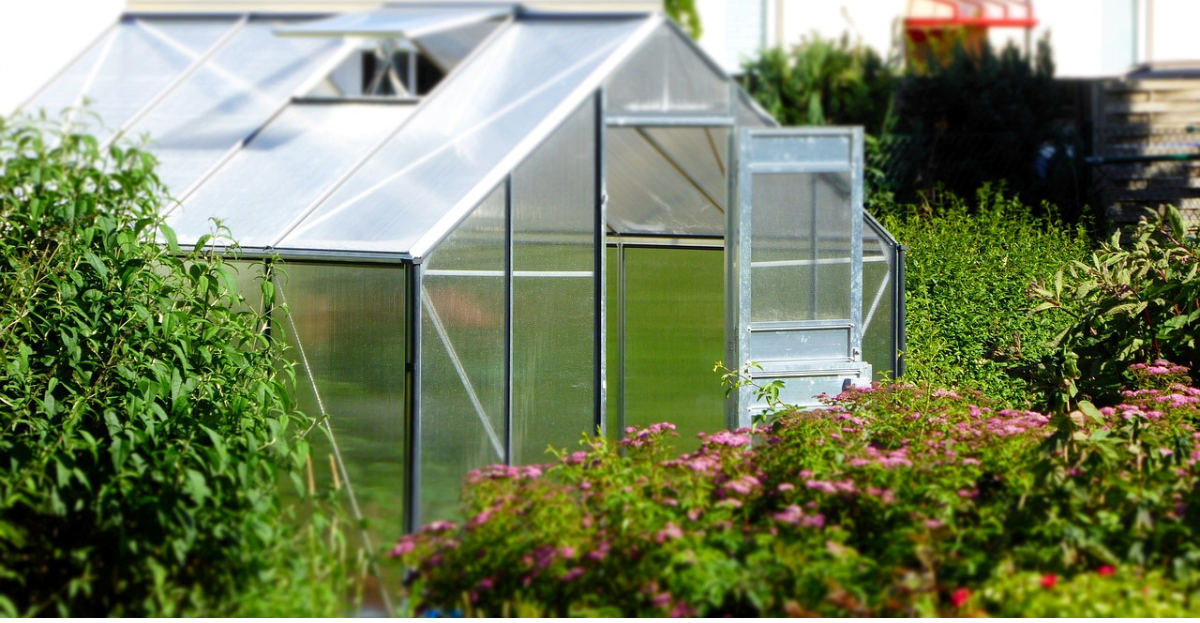Your February Gardening Checklist
Although February can be one of the chilliest months of the year, it’s a great opportunity to stay productive in the garden.

If you’ve still got unfinished tasks from January, now’s the time to catch up. Even in the cold, you can still take action, especially if you have access to a heated greenhouse, polytunnel, or sunny windowsill for early sowings. If not, don't worry—slightly later sowings will catch up.
Here's your updated checklist for making the most of this month in the garden.
General Garden Tasks
Organise and Clean : If you didn’t quite finish the tidying from last month, now’s your chance. Clear away debris, and get your tools cleaned and ready for action. A sharp, clean tool is a gardener's best friend.
Stock Take : Double-check your gardening supplies—pots, compost, seeds, and tools. Now is the time to order anything that might be running low, from compost to plant food.
Garden Plans : Start thinking ahead about the seasons to come. Sketch out your garden layout, consider crop rotation, and plan where each vegetable or flower will go.
Vegetable Garden Tasks
Even if the soil is frozen or soggy, there’s plenty you can do to prepare for the growing season:
Broad Beans : In mild, well-drained soils, sow broad beans directly under cloches. In wetter areas, sow under cover to avoid leggy growth.
Early Cauliflowers: Start sowing early cauliflowers undercover. These can be a bit tricky in cold months, but with a bit of care, you’ll have healthy seedlings ready for the spring.
Jerusalem Artichokes : Time to plant Jerusalem artichokes in well-prepared soil. They’re hardy and will thrive with a little early attention.
Lift Root Vegetables : If you haven’t already, lift parsnips, swedes, and other root vegetables from last year. This frees up space for the new crops coming in.
Early Potatoes : In colder regions, start early potatoes in pots. In milder climates, plant them under cloches outside to give them a head start.
Tomato Sowing : If conditions are right (i.e., warm and bright enough), now’s a good time to sow early tomato seeds, so they have a head start when spring arrives.
Weed Control : Keep on top of weeds around onions, garlic, and early cabbage. These will thrive better with minimal competition for resources.
Flower Garden Tasks
Flowers can bring colour and life to your garden even in the dead of winter. February is an ideal time to start preparing your flower beds for the season:
Dahlia Tubers : If you’re growing dahlias, now’s the time to check on your stored tubers. Any damaged ones should be cut away, then plant them in trays with compost, leaving the tops exposed. Keep them warm and humid for best results.
Sweet Peas : Pinch back any sweet peas you’ve started to encourage stronger growth as they continue to develop.
Sow Hardy Annuals : Sow hardy annuals like calendula, cornflower, and Californian poppy. In areas with mild weather, you can sow them directly outdoors, but colder climates may need a greenhouse or propagator.
Flower Garden Tasks
Flowers can bring colour and life to your garden even in the dead of winter. February is an ideal time to start preparing your flower beds for the season:Dahlia Tubers : If you’re growing dahlias, now’s the time to check on your stored tubers. Any damaged ones should be cut away, then plant them in trays with compost, leaving the tops exposed. Keep them warm and humid for best results.
Sweet Peas : Pinch back any sweet peas you’ve started to encourage stronger growth as they continue to develop.
Sow Hardy Annuals : Sow hardy annuals like calendula, cornflower, and Californian poppy. In areas with mild weather, you can sow them directly outdoors, but colder climates may need a greenhouse or propagator.
Fruit Garden Tasks
The fruit garden needs attention this month to ensure you’re set up for a fruitful year:Fruit Tree Planting: If you have new fruit trees, bushes, or canes, finish planting them now. This is the best time to get them established.
Prune Raspberries: This is the last chance to prune autumn-fruiting raspberries. Cut back any canes that fruited last year to ground level, then mulch and fertilise to encourage fresh growth.
Strawberry Cloches: If you grow early fruiting strawberries, consider covering them with cloches to speed up the growing process and enjoy an early harvest.
Greenhouse Tasks
Your greenhouse will be a key player in your February gardening tasks, helping you start seeds in a controlled environment:
Hardy Annuals: Sow hardy annuals like sweet peas, calendula, and cornflower in your greenhouse or unheated house. These can tolerate lower temperatures and will be ready for spring planting.
Ventilation: Keep venting your greenhouse as you did in January. Proper ventilation helps to prevent fungal issues and keeps humidity at bay.
Prepare for Spring: While you may not be sowing many tender crops yet, now’s a good time to prep your greenhouse for the busier months ahead. Clean windows and shelves to ensure maximum light exposure.
Overall Tips for February Gardening
Make the Most of Available Light : With the days still short, keep an eye on light levels. Young seedlings can easily get leggy if light is too weak, so rotate your pots or use artificial grow lights if necessary.
Soil Prep: If the weather allows, use cloches to warm up the soil for early sowings. Early peas, beetroot, and lettuce can all benefit from being planted early under the protection of cloches.
Keep an Eye on the Weather: This time of year, can be unpredictable, so be prepared to cover sensitive plants or bring seedlings indoors if a cold snap hits.
February might still bring cold weather, but it's an excellent time to get your allotment prepared for the growing season ahead. While the ground may still be too frozen for some tasks, you can still take advantage of sheltered spots to start early sowing under cloches or in greenhouses. Tasks like planting early potatoes in pots, sowing peas or broad beans under cover, and preparing soil for the warmer months are perfect for allotment owners. Take this opportunity to plan, tidy up, and ensure your allotment is ready for the bounty of spring and summer!
Bottom of Form



